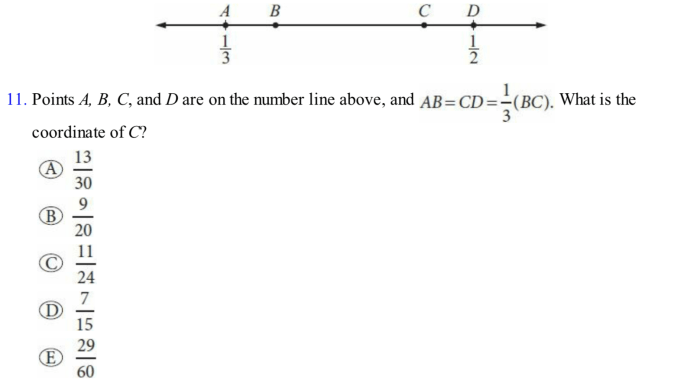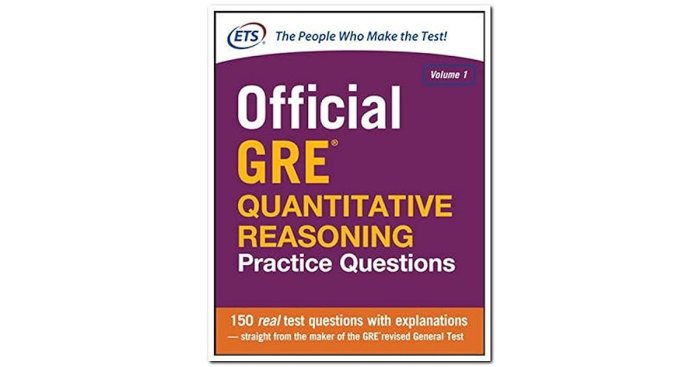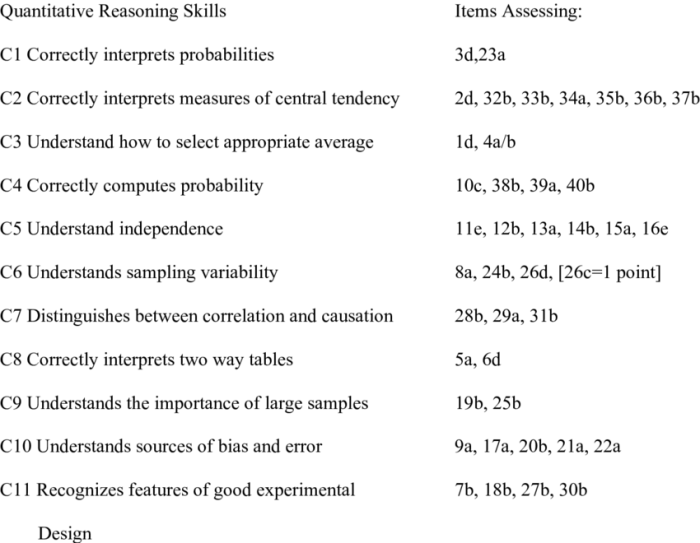Dat quantitative reasoning practice questions – Quantitative reasoning practice questions are essential tools for sharpening your analytical skills and enhancing your problem-solving abilities. This comprehensive guide provides a thorough overview of these questions, offering effective strategies, practice resources, and real-world applications to empower you in various fields.
From understanding different question types to mastering estimation techniques, this guide will equip you with the knowledge and confidence to tackle quantitative reasoning challenges with precision and efficiency.
Quantitative Reasoning Practice Questions: Types and Formats

Quantitative reasoning practice questions assess an individual’s ability to analyze and solve numerical problems. These questions appear in various standardized tests, including the GMAT, GRE, and SAT. Understanding the different types of quantitative reasoning practice questions and their key characteristics is essential for effective preparation.
Types of Quantitative Reasoning Practice Questions
- Number Properties:Questions involving divisibility rules, prime numbers, and operations on integers and fractions.
- Algebra:Questions involving equations, inequalities, functions, and polynomials.
- Geometry:Questions involving area, volume, perimeter, and angles.
- Data Analysis:Questions involving interpretation of graphs, tables, and statistical measures.
- Combinatorics:Questions involving counting principles, permutations, and combinations.
Strategies for Solving Quantitative Reasoning Practice Questions
Approaching quantitative reasoning practice questions effectively requires a combination of analytical thinking and problem-solving skills. Here are some strategies to consider:
- Read Carefully:Understand the problem statement thoroughly before attempting to solve it.
- Identify the Key Information:Determine the relevant data and concepts needed to solve the problem.
- Use Estimation and Approximation:Estimate answers or round numbers to simplify calculations and save time.
- Use Logical Reasoning:Apply logical principles to eliminate incorrect options and narrow down the choices.
- Check Your Answer:Once you have a solution, verify it by plugging it back into the problem.
Practice Sets and Resources for Quantitative Reasoning
Regular practice is crucial for improving quantitative reasoning skills. Numerous reputable sources provide high-quality practice sets with varying difficulty levels:
| Source | Difficulty Level | Number of Questions | Time Limit |
|---|---|---|---|
| Khan Academy | Easy to Hard | 50+ | Unlimited |
| Manhattan Prep | Medium to Hard | 100+ | Timed |
| Princeton Review | Hard | 75+ | Timed |
Applications of Quantitative Reasoning in Real-World Scenarios, Dat quantitative reasoning practice questions
Quantitative reasoning skills are not limited to standardized tests; they have practical applications in various fields:
- Finance:Analyzing financial data, calculating investments, and managing budgets.
- Science:Interpreting experimental results, designing experiments, and modeling complex systems.
- Engineering:Solving design problems, optimizing processes, and analyzing data.
- Medicine:Interpreting medical data, diagnosing diseases, and prescribing treatments.
- Business:Analyzing market trends, forecasting demand, and making informed decisions.
Commonly Asked Questions: Dat Quantitative Reasoning Practice Questions
What are the benefits of practicing quantitative reasoning questions?
Practicing quantitative reasoning questions enhances analytical skills, improves problem-solving abilities, prepares for standardized tests, advances career prospects, and supports informed decision-making.
How can I find reputable sources for quantitative reasoning practice sets?
This guide provides a table listing reputable sources for finding high-quality quantitative reasoning practice sets, including information on difficulty levels, number of questions, and time limits.
What are some common pitfalls to avoid when solving quantitative reasoning questions?
Common pitfalls include rushing through questions, making careless mistakes, misinterpreting data, and failing to use estimation techniques effectively.

